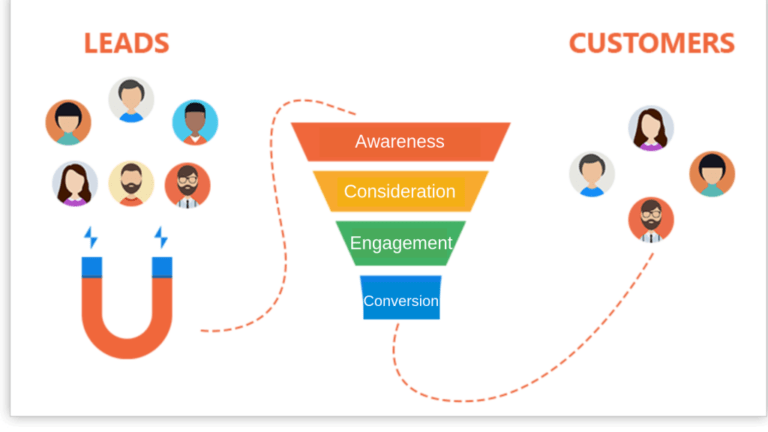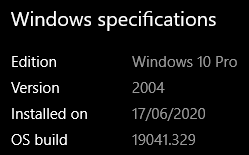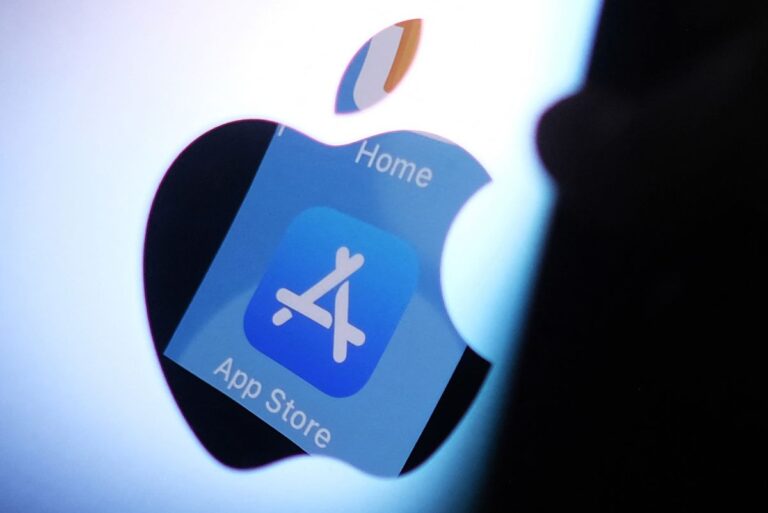
As a B2B startup, using your equity cash to fund your working capital constrains your growth. Working capital is a short-term need — use short-term debt financing for it. Read on to find out how.
Picture this — You’ve bootstrapped your B2B startup to a steady revenue run rate. Maybe you’ve raised a round or two of equity funding to get here. It’s now time for your next phase of growth. But more and more of your funds are getting stuck in working capital.
Your early adopter clients paid you in advance (and partly funded your product development). But as you move beyond them, your payment cycles are getting longer. And before you know it, you’re using your equity capital to pay your suppliers. And then your employees.
In such a scenario, how to do you invest in product development — that’s your true engine of growth!
I’ve seen this play out scores of times, during my 10+ years in venture investing (at Canaan Partners, and as a founding member of the Indian Angel Network).
Also Read: Five Ways Working Capital Loans Can Work For Your Business
Funding Working Capital With Equity Doesn’t Scale
Table of Contents
The problem gets worse over time. As a B2B company, you soon reach a point where your revenue dwarfs the amount of equity capital you have. Then, the constraint bites even more — you’ve hit a massive growth rate, but you don’t have enough cash in the bank!
Sure, you can raise another round of equity, but it’s (a) dilutive, and (b) not easy.
And there’s a bigger problem with using equity for working capital — opportunity cost. Equity is the costliest form of capital you can use. You should deploy it in tech, product development, or go-to-market experiments, which can create long-term growth and defensibility.
Staying ahead of a market you disrupt takes speed and effort — you don’t want to delay just because you have to make this month’s payroll!
Truth be told, using equity to fund working capital doesn’t scale.
Also Read: Working Capital Loan: For Business Success During Festive Season
Can A Startup Use Debt Financing For Working Capital?
Traditional SMBs have a great solution to the working capital problem — bank overdraft, or OD lines. You dip into the OD when you need it, and repay when your payments come in. You pay interest only on the amount you use, for the number of days you use it.
But a bank OD is hard to get, for startups / tech companies. Banks typically ask for collateral (which you don’t have, being asset light), or expect a longer track record.
Thankfully, there’s now a way to get the advantages of an OD line, without pledging any collateral. An invoice discounting credit line.
Here’s how invoice discounting works at Indifi (the lending platform I run):
- We finance your working capital against your invoices to large / regular B2B clients. We know the payment is almost assured. That’s how we mitigate the risk that traditional financiers see.
- You can use this capital anywhere in your business. Pay your suppliers early and get a discount. Don’t spend a sleepless night worrying about payroll.
- We take repayment when your client pays you.
Also Read: Using Your Equity To Finance Working Capital? Here’s A Better Alternative.
Bottom Line
Get money when you need it, and repay when your client pays you. Pay interest only for the days outstanding — no more, no less.
And it’s much simpler than raising equity! We don’t need to evaluate your business plan, team strength, etc. All we need is your history of business with major / regular B2B clients. We’ll use that to assign you a credit line, which you can draw on against future invoices to these clients. That’s it.
So, if you have strong B2B customer relationships, you can now access debt financing with ease. Whether you’re a bootstrapped company looking to grow steadily, or a funded startup kickstarting your next phase of growth.
Write to me at invoicefin@indifi.com if you’d like to learn more.
Save your equity for the right investments — to power 10X growth initiatives. Use debt instead for working capital.






